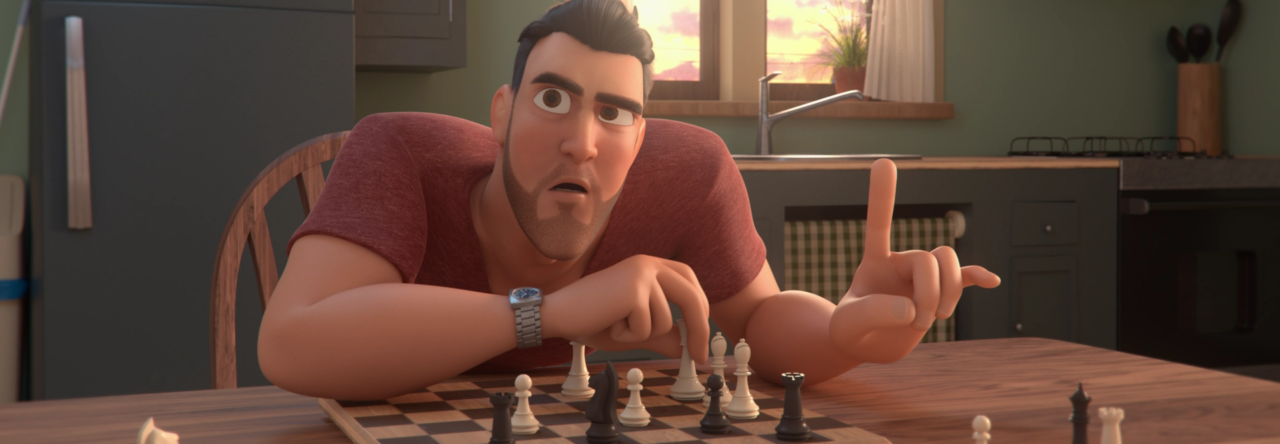If you’ve ever animated a shot with props in it, chances are you’ve had some difficult encounters with constraints. Just creating a parent constraint often doesn’t meet the needs of a shot, and it can be confusing to try to figure out how to animate the prop correctly. Parenting is another way of creating a relationship between two objects, and can be quite effective if done properly. So, should you use parenting? Constraints? One of the best ways to deal with props is actually to use both.
Parenting: Parenting refers to putting an object (the “child”) directly under the hierarchy of another object (the “parent”). The child follows the parent, but can also be moved independently of the parent. This hierarchy cannot be toggled on and off.
Parent Constraint : A relationship between a parent object and child object. The parent object dictates the movement of the child object, and the child object cannot be moved independently of the parent. The relationship can be toggled on and off.
By parenting a child object to a locator, then parent constraining that locator to the parent object, you can create a degree of separation between the parent object and the child object. This way, you have a parent constraint which you can toggle on and off as needed, and the child object can still be moved and animated independently of the parent object.
If you’re new to parenting and constraints or just need a refresher, check out this clip from our Body Mechanics class, where instructor Charles Larrieu covers parenting, parent constraints, and using locators to gain more control over the constrained object.











